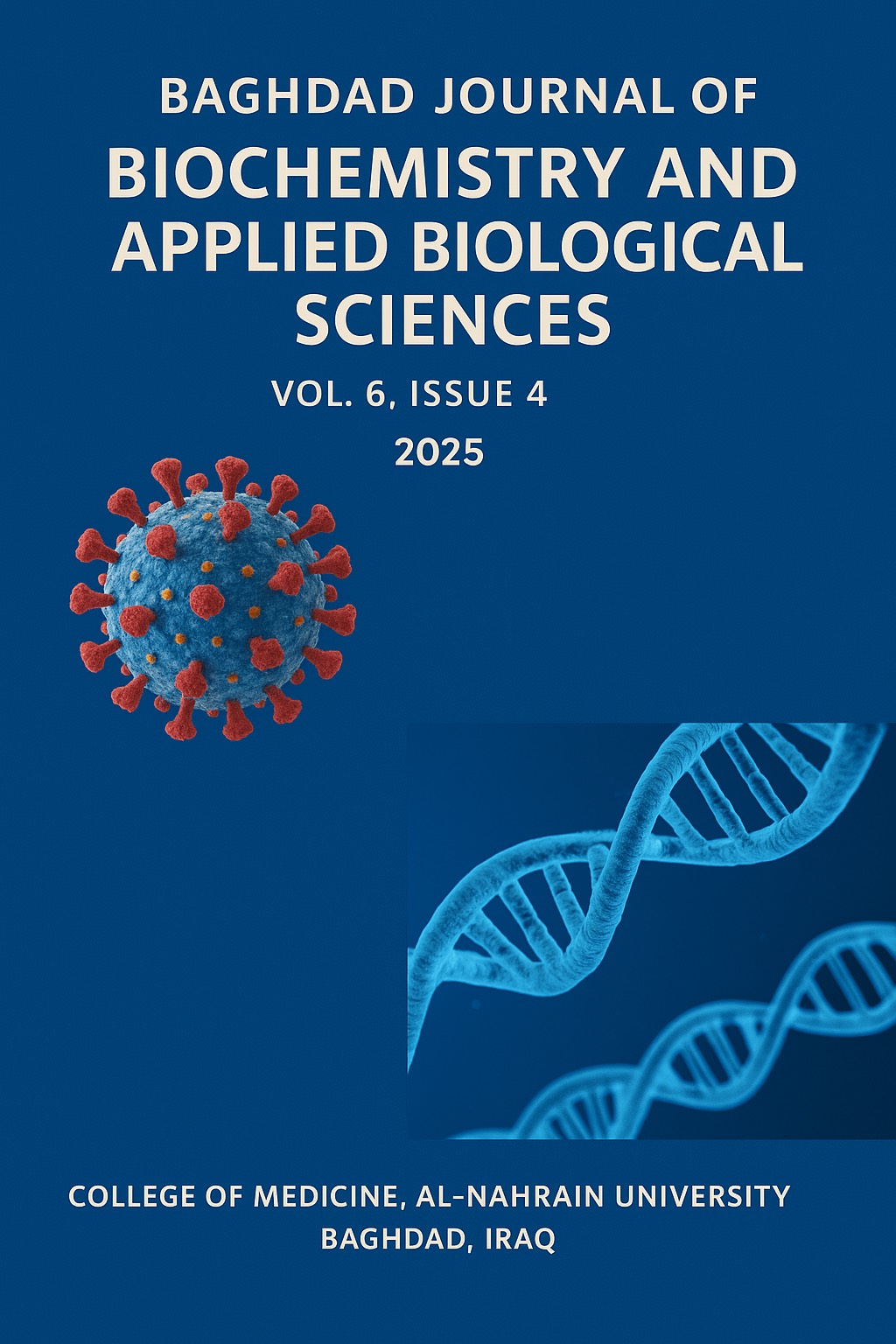Advances in Nanotechnology for Latent Fingerprint Detection
DOI:
https://doi.org/10.47419/bjbabs.v6i4.357Keywords:
latent fingerprint, Forensic Science, Nanoparticles, evidence, quantum dotsAbstract
Nanotechnology has become a transformative tool in forensic investigations, offering enhanced
capabilities for detecting and examining materials of evidentiary relevance. Owing to their
physicochemical features, nanomaterials have proven beneficial in identifying latent fingerprints, detecting illicit drugs, and tracing explosive residues. Their integration into molecular biology techniques like polymerase chain reaction has improved accuracy and sensitivity
of DNA analysis. Sophisticated analytical procedures, such as atomic force microscopy, scanning electron microscopy–transmission electron microscopy, dynamic light scattering, Raman
micro-spectroscopy, and time-of-flight mass spectrometry, are used to detect forensic traces
at microscopic and nanoscopic levels. Although latent fingerprints are vital forensic evidence,
their recovery from difficult surfaces such as textured vehicle dashboards remains limited. No
universally accepted method exists to reliably extract prints from such complex substrates at
crime scenes. Conventional visualization techniques use fingerprint powders, followed by lifters or molding materials to transfer impressions. Cyanoacrylate fuming and fluorescent dyes,
such as Rhodamine 6G, are also used to enhance contrast and visibility. However, the effectiveness of lifters and casting materials on uneven surfaces is not studied extensively and presents
an area for research. Collection, processing, and interpretation of fingerprint evidence should
be conducted by trained forensic experts to ensure accuracy. When applied correctly, fingerprint identification remains one of the most reliable methods for linking individuals to criminal
acts. It can substantiate witness testimonies, corroborate forensic findings, and exclude individuals from suspicion, helping investigators allocate resources effectively.
Metrics
Downloads
Downloads
Published
Issue
Section
Categories
License
Copyright (c) 2025 Dunya Abdullah Mohammed, Omar A. Mahmoud, Farah Badri Abed, Mohammed A. Hameed, Sahar M. Ibrahim, Shahrazad H. Muhi, Ruaa Maan Attallah, Dina H. Haider

This work is licensed under a Creative Commons Attribution 4.0 International License.
The authors retain all proprietary rights, including copyright, such as patent and trademark rights and rights to any process or procedure described in the article.









